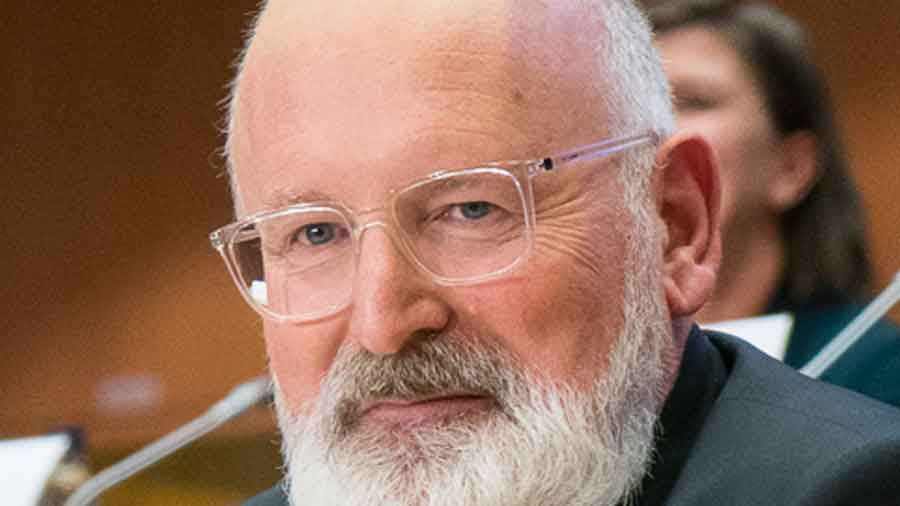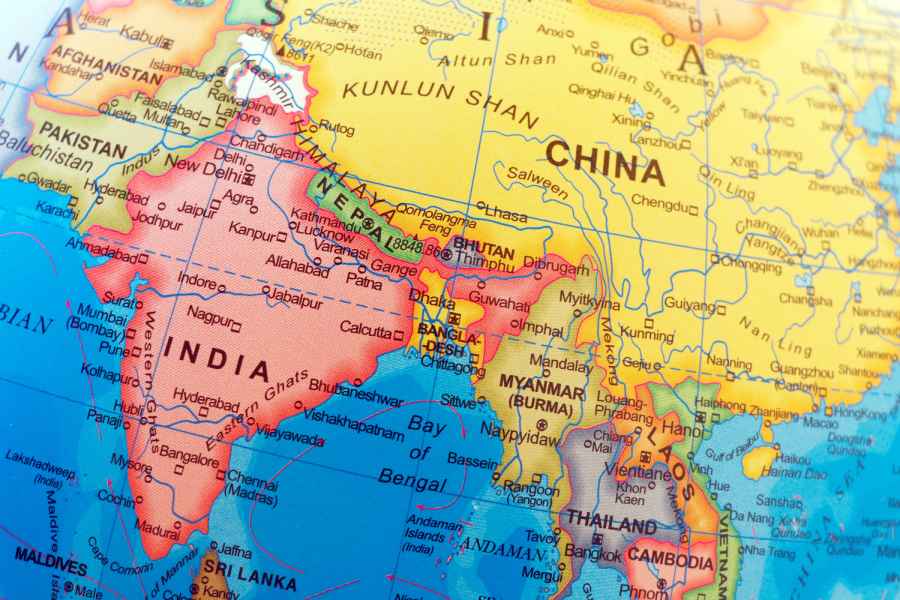Average global temperatures may rise by 1.5 degrees Celsius above the pre-industrial era during the 2030s, a UN climate panel said on Monday, also outlining the grim consequences of this dangerous tipping point in global warming.
The Intergovernmental Panel on Climate Change (IPCC) used its strongest terms yet to assert that humans are causing climate change, with the first line of its report summary reading: “It is unequivocal that human influence has warmed the atmosphere, ocean and land.”
The stark language marked a shift from previous IPCC reports, which had said it was “extremely likely” that industrial activity was to blame.
UN Secretary-General Antonio Guterres described the report as a “code red for humanity”.
“The alarm bells are deafening,” he said in a statement. “This report must sound a death knell for coal and fossil fuels before they destroy our planet.”
The IPCC said that even under the most ambitious pathways of lowered greenhouse gas emissions, average global temperatures will rise to 1.5°C above pre-industrial levels during the 2030s, rise later to 1.6°C above pre-industrial levels and then fall to 1.4°C above pre-industrial levels by 2100.
Climate scientists view the 1.5°C limit as a critical guardrail beyond which the Earth will face unacceptably high risks of long-lasting and irreversible changes with potentially devastating impacts on the world’s ecosystems, economy and people.
The Paris climate pact, a global treaty finalised in 2015, had set a goal to cap the average temperature rise by no more than 2°C, preferably no more than 1.5°C, by the year 2100. The pact requires countries worldwide to take actions to lower their greenhouse gas emissions to achieve these caps.
But the IPCC’s sixth assessment report, based on the latest available scientific evidence and observational datasets, has said that both the 1.5°C and the 2°C limits “will be exceeded” during this century without deep cuts in the emissions of carbon dioxide and other Earth-warming gases.
The last time Earth’s temperature was 2.5°C higher compared with pre-industrial levels was over three million years ago.
The report said there is now “unequivocal” evidence that humans have warmed the climate system and that climate change is already affecting every inhabited region across the globe.
The new assessment suggests an increase in extreme events such as heat waves, heavy precipitation (rain or snow), and droughts over India in the near future, said Madhavan Rajeevan, a senior climate scientist and secretary with India’s earth sciences ministry.
The warming trend will raise sea levels, melt glaciers and polar ice caps, disrupt weather and ecosystems, and increase the frequency of extreme weather events worldwide. The sea-level rise in Asia is increasing faster than the global average, the report said.
“This report comes amid consternation over extreme weather despite 30 years of warnings from the IPCC,” said Usha Kelkar, director of the climate programme at the World Resources Institute, India.
“For India, the predictions from this report mean people labouring in longer and more frequent heat waves, warmer nights for our winter crops, erratic monsoon rains for our summer crops, destructive floods and storms,” Kelkar said.
The frequency of an extreme temperature event — such as an intensely hot day — that used to occur once in 10 years during 1850-1900, occurs 2.8 times at present under a 1°C warming, and is expected to increase to 4.1 times under a 1.5°C warming.
The Sunderbans in Bengal are among areas with the highest relative sea level rise, experts say.
“The impacts of sea-level rise and other changes are unprecedented and could lead to large-scale displacement and migration under distress,” said Harjeet Singh, a senior adviser with the Climate Action Network International, a non-government agency tracking climate-change negotiations.
The IPCC report says that strong and sustained reductions in emissions of carbon dioxide and other greenhouse gases could limit climate change, but it could take 20 to 30 years to see global temperatures stabilise.
Climate-change and energy experts said the new report was a stark reminder of the need for urgent action to curb greenhouse gas emissions.
“The global power, heat and transport sector accounts for 73 per cent of our total emissions,” said Ajay Mathur, director-general of the International Solar Alliance, a global consortium seeking to promote solar energy.
“It is also the engine behind every country’s economic and development plans — and ever more so in the emerging and developing economies where quality of life and energy consumption is less than the global average.”
Global climate-change negotiations have been contentious and slow with many countries not keeping in line with what they need to do to cap the global temperature rise at 1.5°C.
“India is the only large economy whose actions are in line with the under 2°C warming cap, but there is a sense and expectation that India can do more given the momentum around net zero (emissions) targets,” said Climate Trends, a non-government agency.














